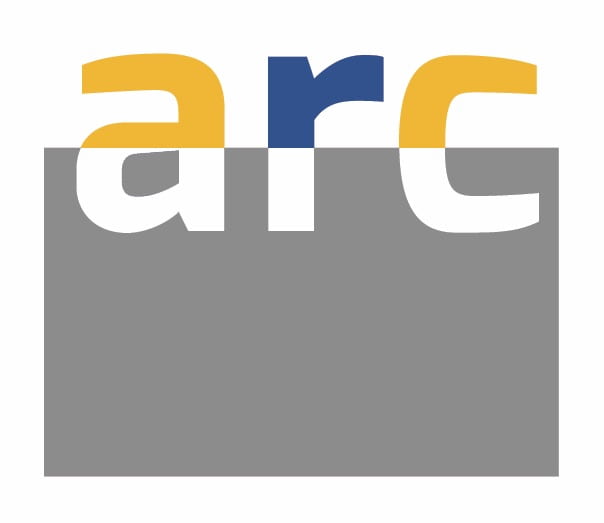Researchers at the UC Santa Cruz Paleogenomics Lab helped conduct the first investigation of genomic diversity among people buried at Machu Picchu, the renowned 15th century Inca palace in southern Peru. The findings, published in the journal Science Advances, suggest that the servants who lived, worked, and died at Machu Picchu were a diverse community representing many different ancestral backgrounds throughout the Inca Empire. And the remarkable extent of this diversity may even challenge historical narratives about how the empire grew.
Scholars believe Machu Picchu was a royal estate connected to the lineage of Pachacuti, the emperor credited with establishing the Inca Empire. Royals visited Machu Picchu seasonally, but a community of servants lived there year-round to take care of the facilities. Servants were buried in caves and rock shelters outside the palace walls. The research team analyzed DNA from 34 of these individuals, as well as a comparison group of ancient burials from rural sites in the broader Urubamba Valley and the nearby city of Cusco.
“This study does not focus on the life of ‘royals’ or political elites, but on the life of those who were brought to Machu Picchu to serve the nobility and who lived there and operated the place,” said UC Santa Cruz Anthropology Professor Lars Fehren-Schmitz, a senior and corresponding author on the new paper. “It gives us a unique insight into a highly diverse community of individuals and their families who were subject to Inca forced relocation and resettlement policies, a group usually referred to as retainers or yanacona.”
Researchers from Yale, Universidad Nacional de San Antonio Aba del Cusco (UNSAAC), UC Santa Cruz, Tulane University, the Max Planck Institute for Evolutionary Anthropology, and others conducted the study, under an agreement between Yale, the State of Peru, and the University of Cusco to return artifacts and human remains from the Hiram Bingham Expedition collection back to Cusco, Peru. The team’s work builds upon previous archeological and bio-archaeological research, including a 2021 study that determined the age of Machu Picchu (AD 1420-1530).
For the current study, Fehren-Schmitz and scientists at the UC Santa Cruz Paleogenomics Lab and the Max Planck Institute for Evolutionary Anthropology extracted ancient DNA samples from the teeth of those buried at Machu Picchu and the comparison sites. The human remains at Machu Picchu had been exposed to the elements for centuries, which meant that the DNA was highly degraded. But it was still able to be processed and sequenced thanks to specialized techniques developed at UC Santa Cruz, Fehren-Schmitz said.
DNA from the samples was then compared with that of modern people across South and Central America and ancient people across South America. This allowed the team to identify the most likely ancestry of Machu Picchu’s residents and draw conclusions about how the community differed from others in the region before, during, and after the Inca Empire.
The findings showed that Machu Picchu was a uniquely diverse community, which is consistent with both historical accounts of how servants were selected from across the empire and prior research that found non-local isotopic signatures and cultural identifiers among the dead. But the DNA analysis also revealed a surprisingly wide geographic range of ancestries. Servants had genetic ties throughout the Andean highlands, along the North and South Peruvian coast, and in Amazonian regions of Peru, Colombia, and Ecuador.
“An unexpected result was the finding that many of the retainers were of Amazonian origin and about a third of them have DNA reflecting significant amounts of Amazonian ancestry,” said lead author Lucy Salazar, a research associate at Yale. “At least two zones within the Amazonian region are represented.”
The team’s DNA evidence suggests that people from far-flung corners of the Inca Empire had been living at Machu Picchu since the site’s earliest occupation, which could indicate that the empire expanded earlier, or in different ways, than described in historical chronologies. This adds to a growing sentiment among Inca specialists that emerging archaeological evidence does not match dominant historical narratives.
“Traditional chronologies tell a story about how Emperor Pachacuti slowly started to expand the Inca Empire and then built Machu Picchu,” Fehren-Schmitz explained. “But in this study, we see that people from regions that are supposed to have been integrated into the Inca Empire later on seem to have actually already been interacting with the Inca at this point in time.”
Another important finding was that many of the people buried at Machu Picchu had mixed ancestries, often from regions distant from each other. This suggests that servants at Machu Picchu from different genetic groups had children together. Servants of different ancestries were also buried together.
Archaeologist Richard Burger, Yale’s lead researcher for the Machu Picchu project, said DNA evidence ultimately helps to paint a picture of Machu Picchu as a “cosmopolitan community,” where diverse genetic backgrounds intermixed in life and in death.
Portions of this article were excerpted from a Yale University press release.
